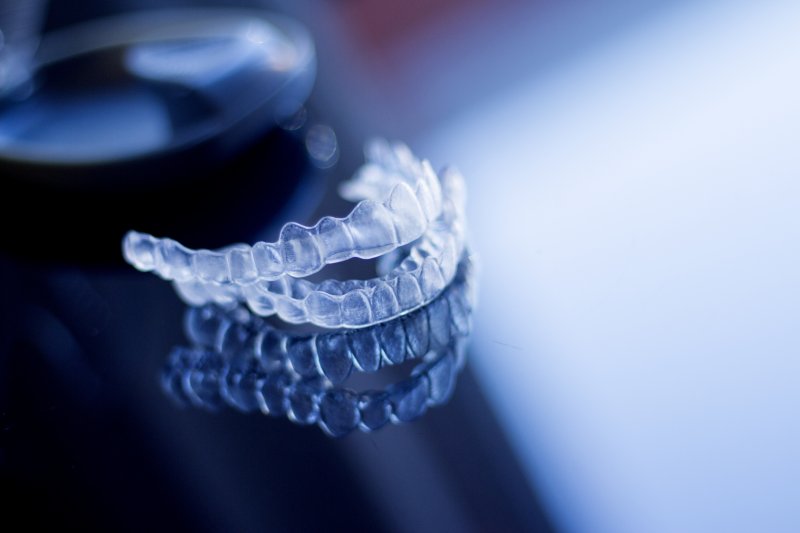
You’ve been thinking of seeing an orthodontist to have your teeth straightened and have been doing some research online. At first you thought braces were your only option, but then you learned about Invisalign – an alternative way to make orthodontic corrections without metal brackets and wires. So which treatment is right for you? Both have their pros and cons, so we will help you consider your own circumstances carefully in order to figure out which is truly right for you. The following post covers what you need to know when it comes to the question of Invisalign vs. Braces in Ripon.
Here is some helpful information…
Metal braces consist of brackets and wires that move the teeth into position. Unlike Invisalign, braces are not “removed” while orthodontic treatment is being performed. In many ways, the irremovable nature of braces can be considered an advantage since you never have to worry about losing them or changing to a new tooth movement tray. Also, since the brackets are secured on your teeth and adjustments are completed at regular orthodontic visits in our office, treatment time does not rely as much on keeping up with weekly tray changes. In other words, braces leave the job more in “our hands”, and Invisalign trays leaves the job more in “your hands”. When it comes to effectiveness, sometimes braces are the only tool that can be used to move certain teeth. Every person’s case is unique, so it’s best to ask a professional for which method is best for you.
There are other considerations when choosing what is best for you. One may be the appearance factor. Braces have come a long way! Today they are much smaller and streamlined…much less noticeable than in the past. The wires we use cause steady gentle tooth movement, so tooth soreness has been much reduced. A patient can expect a similar amount of discomfort between braces and Invisalign. Perhaps the soreness is a little less with Invisalign; however, the trade-off is the duty you have in remembering to wear your trays and switching them at the appropriate time.
Sometimes a patient may need a more esthetic look while tooth movement is occurring. Invisalign is very esthetic in that you can barely see when the trays are in place. Tooth colored attachments are applied to teeth to assist in tooth movement, but they are barely noticeable.
In either case, you’ll have to be mindful of certain foods because with braces or Invisalign, the attachments on the teeth can be broken or fractured if hard food or candies are eaten. Excellent tooth brushing is required no matter which treatment type you choose, so expect good things when it comes to improved oral health and hygiene!
Finally, people with braces should be careful when playing contact sports, as a blow to the mouth could result in damaged brackets and wires as well as severe tissue injury. Mouth guards are the best preventative for severe tooth trauma, so we will encourage you to wear a guard whether you choose braces or Invisalign.
About the Author
Dr. Frances Hamman earned her Doctor of Dental Surgery from Creighton University in 1991, and she later received her degree in orthodontics at Case Western Reserve University in 1993. She is experienced with using both metal braces and Invisalign, and she’s helped patients in many walks of life improve their smiles. To schedule an orthodontic consultation with her at Sensational Smiles Orthodontics, visit her website or call (920) 748-7130.